Clotrimazole Anti-Fungal Powder 100g for Dogs: Complete Veterinary Guide
Conditions like ringworm, yeast dermatitis, and dermatophytosis can cause intense itching, hair loss, inflammation, and discomfort. One of the most effective veterinary solutions available for managing these infections is Clotrimazole Anti-Fungal Powder 100g.
In this comprehensive guide, we’ll explore everything pet owners and professionals need to know about this antifungal powerhouse — from its active ingredients and indications to dosage, safety, and scientific backing.
What is Clotrimazole Anti-Fungal Powder 100g?
Clotrimazole is a broad-spectrum topical antifungal agent widely used in both human and veterinary medicine. The 100g powder formulation is specially designed for dogs with superficial fungal infections, making it easy to apply over large or localized areas.
Active Ingredient:
- Clotrimazole USP 1% w/w
- In a soothing, absorbent powder base
How It Works:
It is fungistatic (inhibits growth) and fungicidal (kills fungi) depending on concentration and exposure time.
Key Indications: When to Use Clotrimazole Powder in Dogs
1. Ringworm (Dermatophytosis)
- Caused by Microsporum or Trichophyton species
- Highly contagious to other animals and humans
2. Yeast Dermatitis (Malassezia pachydermatis)
- Common in moist skin folds or ears
- Leads to greasy, smelly, itchy skin
- Often secondary to allergies or chronic skin inflammation
3. Interdigital Fungal Infections
- Fungal growth between toes
- Results in swelling, redness, and excessive licking
4. Hot Spots with Fungal Overgrowth
- Moist dermatitis that may involve secondary fungal colonization
5. Ear Flap (Pinna) Infections
- As part of an integrated approach with antifungal drops for outer ear fungal problems
Instructions for Use and Application Frequency of Clotrimazole Powder
Proper dosage and application technique are essential for the successful treatment of fungal skin infections in dogs using Clotrimazole Anti-Fungal Powder 100g. As this is a topical treatment, it is not measured by body weight like oral medications. Instead, frequency and coverage are key to ensuring optimal therapeutic benefit.
General Guidelines
- Formulation: Clotrimazole 1% w/w in a dry, absorbent powder base
- Target Use: Topical treatment for localized superficial fungal infections such as ringworm, yeast dermatitis, and skin fold infections
- Route of Administration: External use only (topical)
Step-by-Step Application Instructions
- Clean the Affected Area
- Gently wash the area with a mild antiseptic or veterinary-recommended cleanser
- Apply Clotrimazole Powder
- Sprinkle a thin, even layer of the powder directly onto the affected area
- For deeper coat areas, part the fur to ensure the powder reaches the skin
- Avoid Overuse
- Use only enough powder to cover the infected skin
- Avoid applying thick layers, which may clump or fall off easily
- Frequency of Application
- For mild cases, once daily may be sufficient after the first few days
- Prevent Licking or Grooming
- Prevent your dog from licking the treated area for at least 15–30 minutes
- Use an Elizabethan collar (cone) if necessary
Aftercare and Maintenance
- Monitor treated areas daily for improvement or worsening
- Bathe your dog weekly with vet-prescribed antifungal shampoo if recommended
- Reapply powder after bathing or excessive sweating
Special Cases
- Puppies: Use with caution; consult your veterinarian before applying
- Pregnant or lactating dogs: Generally safe, but consult a vet
- Multiple infected areas: Apply to each site separately and thoroughly
Signs the Product is Working
You should begin to see visible improvements within 5 to 7 days, such as:
- Reduced redness or irritation
- Decrease in scratching or licking
- Hair beginning to regrow in previously bald patches
- Reduced odor in yeast infections
When to Reassess Treatment
Contact your veterinarian if:
- No visible improvement occurs after 10–14 days
- New areas of infection appear
- Severe irritation or rash develops after application
- Your dog appears lethargic, vomits, or shows signs of systemic illness
Precautionary Measures and Contraindications for Clotrimazole 100g in Dogs
While Clotrimazole Powder is generally considered safe and well-tolerated in dogs when used as directed, pet owners must be aware of certain safety guidelines and contraindications to ensure proper and effective use. Misapplication or overuse can result in local skin irritation, allergic reactions, or reduced efficacy.
General Safety Profile
Clotrimazole is a topical antifungal with minimal systemic absorption, making it a low-risk medication for healthy dogs. It is commonly recommended by veterinarians to treat fungal infections without significant side effects.
However, it’s important to remember:
- This product is for external use only.
- Not all fungal infections can be treated with topical agents alone — some require systemic therapy.
Contraindications
Clotrimazole Powder should not be used in the following situations unless specifically advised by a veterinarian:
| Condition | Reason |
| Dogs with deep or systemic fungal infections | Topical use is ineffective for internal infections |
| Open wounds or raw, bleeding skin | May cause stinging, increased irritation, and delayed healing |
| Dogs with known hypersensitivity or allergy to Clotrimazole | May trigger allergic dermatitis, rash, or worsening symptoms |
| Around eyes, nose, or mucous membranes | Can cause irritation or chemical burns |
| Puppies under 8 weeks of age (unless approved) | Immature skin may absorb more and react differently |
Precautions Before and During Use
Before applying Clotrimazole Powder, consider the following safety precautions:
1. Veterinary Diagnosis is Essential
- Always consult your vet to confirm the fungal cause of the infection.
- Misdiagnosis can delay appropriate treatment, especially in cases of bacterial, parasitic, or allergic skin disease.
2. Avoid Inhalation
- When applying the powder, avoid creating clouds of dust.
- Prolonged inhalation may irritate the dog’s or your own respiratory system.
3. Prevent Licking Post-Application
- Dogs may try to lick the treated area, which can reduce effectiveness and lead to ingestion.
4. Not for Ear Canal Use
- Although Clotrimazole is used in some ear drops, the powder form should not be used in the ear canal unless directed by a veterinarian.
- Risk of compaction and ear drum damage exists.
5. Monitor for Skin Sensitivity
- Redness
- Swelling
- Increased itching
- Hives or localized hair loss
- These may indicate a sensitivity reaction, requiring discontinuation.
Possible Side Effects
Though rare, side effects may occur in some dogs. These include:
| Side Effect | Likelihood | What to Do |
| Mild redness or irritation | Low | Usually resolves, monitor for worsening |
| Itching or dryness | Low | May improve with moisturizing skin sprays |
| Vomiting or drooling (if licked) | Rare | Prevent licking and give water; call vet if persistent |
Tips to Maximize Safety
- Apply the powder in a well-ventilated area.
- Keep product out of reach of children and other pets.
- Always complete the full treatment course as advised — stopping early may lead to recurrence.
- If no improvement is seen within 7–10 days, seek veterinary reevaluation.
- Avoid sharing this product between pets unless instructed — cross-contamination is possible.
Scientific Research Supporting Clotrimazole Use in Dogs
Clotrimazole, a broad-spectrum imidazole antifungal, has been extensively studied in veterinary dermatology due to its potent action against fungi and yeasts responsible for common canine skin infections. Its widespread clinical use is backed by peer-reviewed research, case studies, and veterinary pharmacology data demonstrating safety, efficacy, and minimal systemic absorption when applied topically.
1. Pharmacodynamics and Antifungal Activity
Clotrimazole works by inhibiting ergosterol synthesis—a key component of fungal cell membranes—leading to structural disruption and fungal cell death. Its fungistatic and fungicidal action makes it suitable for treating:
- Dermatophytes (e.g., Microsporum canis, Trichophyton mentagrophytes)
- Malassezia pachydermatis (yeast dermatitis)
- Candida species
2. Veterinary Use in Canine Otitis Externa
In veterinary medicine, Clotrimazole has been widely studied for use in otitis externa (outer ear infections) caused by fungal overgrowth.
Combination therapy example:
- Products like Otomax® and Surolan®, which combine clotrimazole with anti-inflammatory and antibacterial agents, have shown high clinical success rates.
Study Highlight:
Rosychuk, R. A. W. (2000). Management of otitis externa and otitis media. Veterinary Clinics of North America: Small Animal Practice, 30(2), 383–395.
Clotrimazole was effective against fungal pathogens in canine ear canals and demonstrated good local tolerance.
3. Clotrimazole Powder in Superficial Skin Infections
Though many studies focus on creams and ear preparations, Clotrimazole powder has shown excellent results in moist dermatitis and skin folds, where keeping the skin dry is as important as the antifungal action.
- In humid environments or intertriginous areas (e.g., underarms, groin, facial folds), Clotrimazole powder helps both absorb moisture and suppress fungal growth.
Veterinary Consensus:
Dry powder formulations are recommended in cases where creams may exacerbate skin maceration. Topical powders are especially effective against Malassezia dermatitis in dogs with brachycephalic or wrinkled breeds like Bulldogs, Pugs, and Shar-Peis.
4. Low Systemic Absorption and High Safety Margin
Multiple pharmacokinetic studies confirm that topical Clotrimazole has negligible systemic absorption, especially in dogs with intact skin, making it a safe choice for long-term use in chronic or recurrent cases.
5. Comparative Studies: Clotrimazole vs. Other Topicals
Clotrimazole has been found to be:
- Equally effective for most superficial fungal pathogens
- More cost-effective than systemic agents
- Better tolerated with fewer local reactions compared to ketoconazole in some formulations
6. Use in Dermatophytosis (Ringworm) in Dogs
Clotrimazole has demonstrated antifungal efficacy against Microsporum canis, one of the primary pathogens in canine dermatophytosis.
Study Insight:
DeBoer, D. J. (1999). Management of dermatophytosis in dogs and cats. Proceedings of the North American Veterinary Conference.
This study supports the use of topical antifungals like Clotrimazole as part of combination therapy, especially in localized or early-stage infections.
Tips for Pet Owners
- Always use gloves or wash hands after application.
- Monitor for signs of improvement: reduced redness, less itching, and hair regrowth.
- Complete full course even if symptoms improve early.
- Regularly trim fur around infected areas for better contact with powder.
Breeds Prone to Fungal Infections
Some dogs are more susceptible to fungal skin conditions, especially:
- Bulldogs & Pugs – prone to skin folds
- Shar-Peis – wrinkled skin traps moisture
- Cocker Spaniels – prone to ear and paw infections
For these breeds, Clotrimazole powder can be part of a routine maintenance protocol.
Conclusion
Clotrimazole Anti-Fungal Powder 100g for Dogs is an essential topical treatment for managing common fungal infections like ringworm, yeast dermatitis, and skin fold infections. Its broad-spectrum antifungal action, ease of use, and fast results make it a staple in veterinary dermatology and pet care at home. When applied correctly and consistently, this powder provides relief from itching, irritation, and infection — helping your dog recover comfortably and quickly. Always follow your veterinarian’s guidance, maintain good hygiene, and complete the treatment course to ensure full recovery.







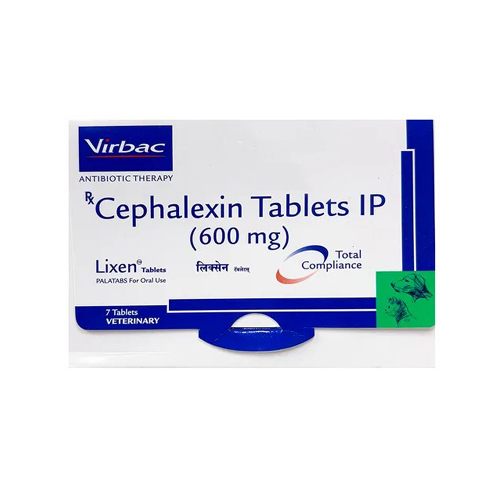
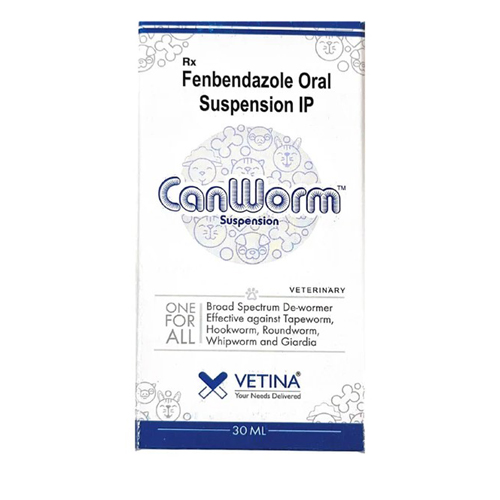



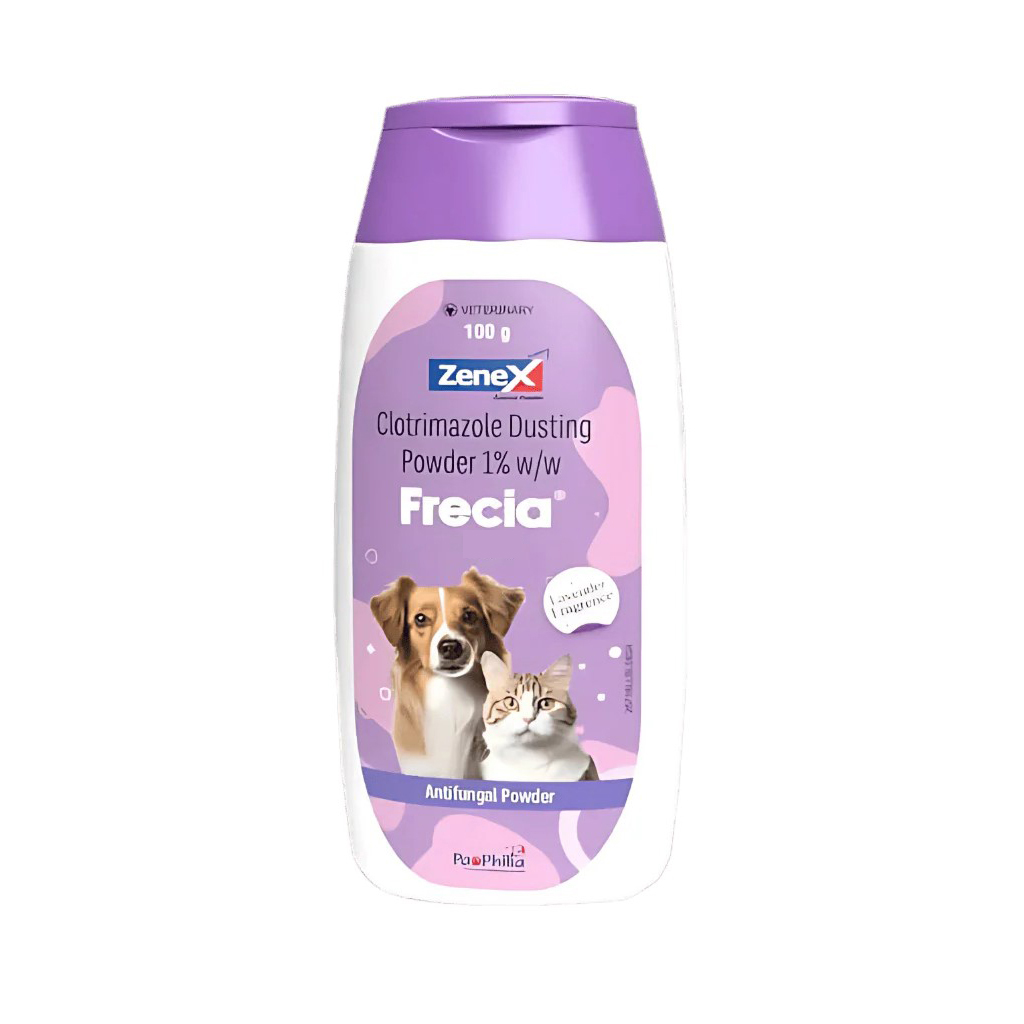
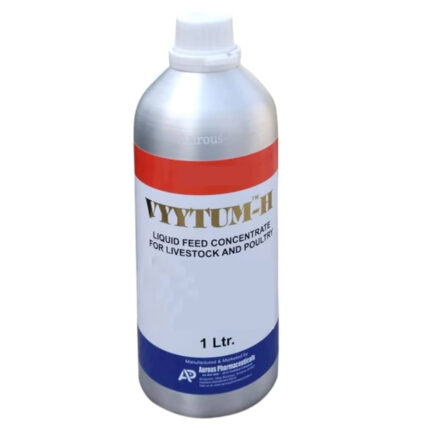
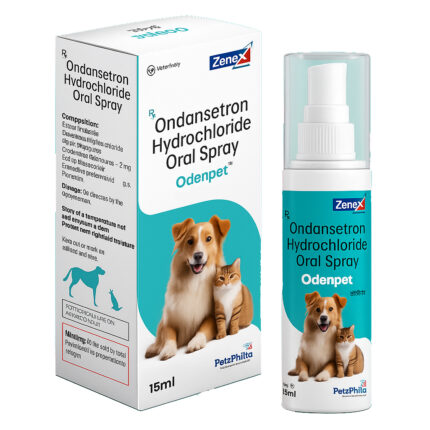
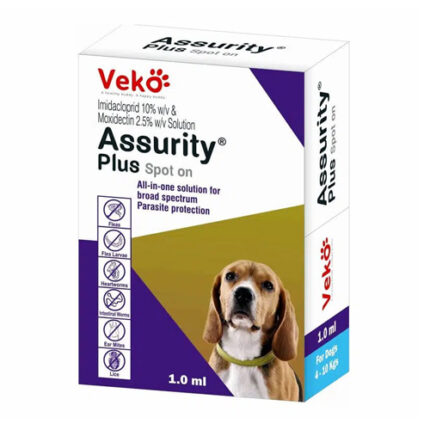
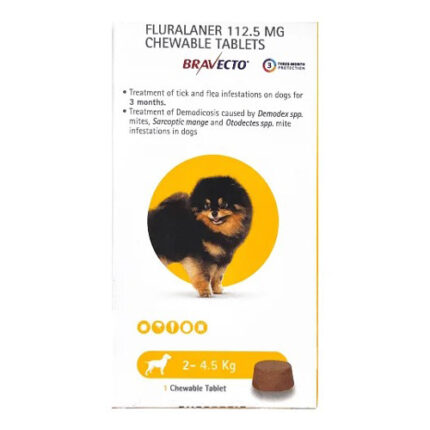
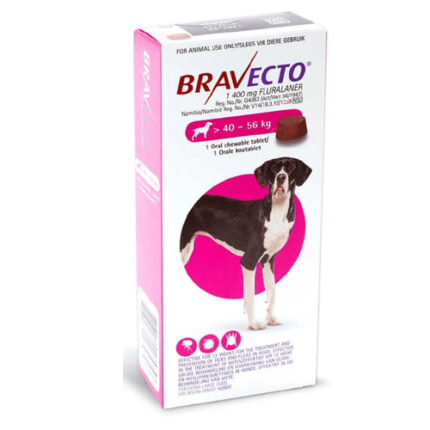
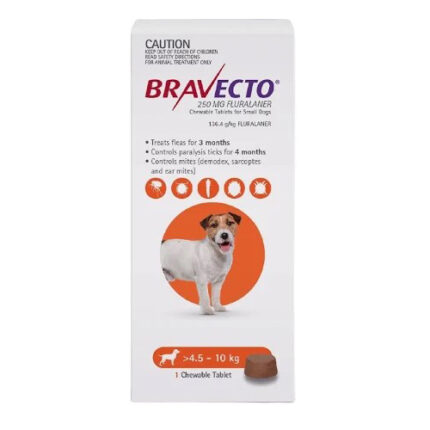
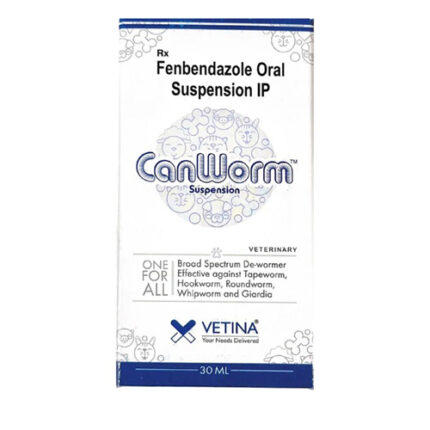
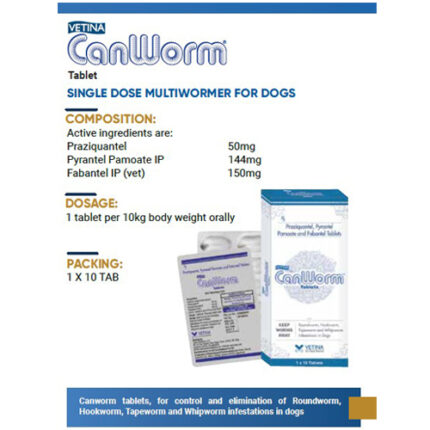
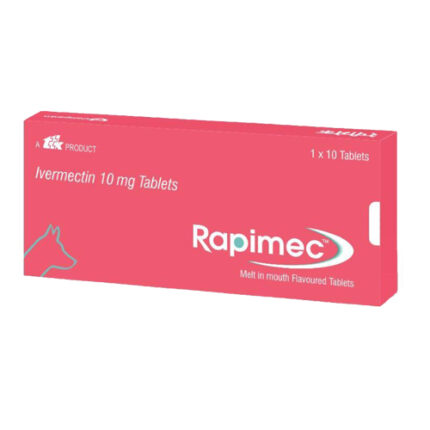
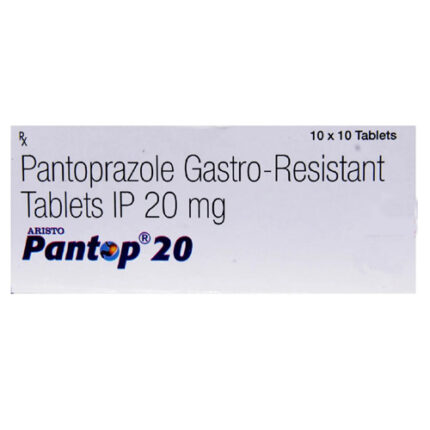
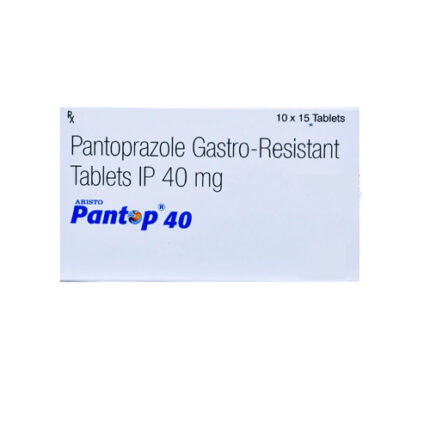
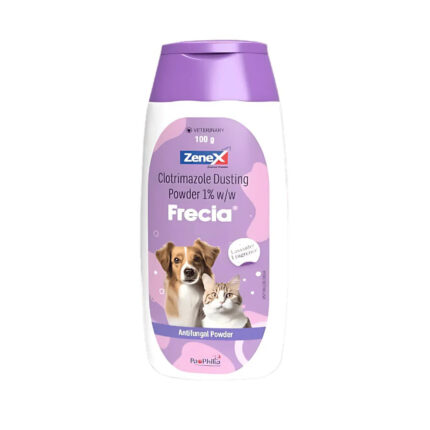
Reviews
There are no reviews yet.